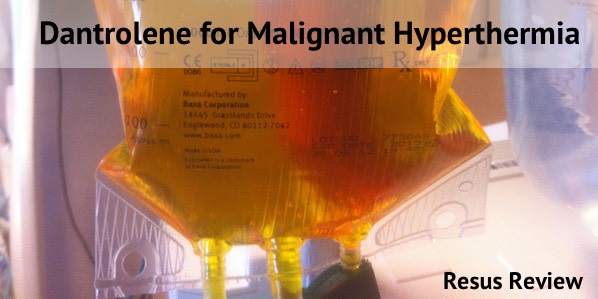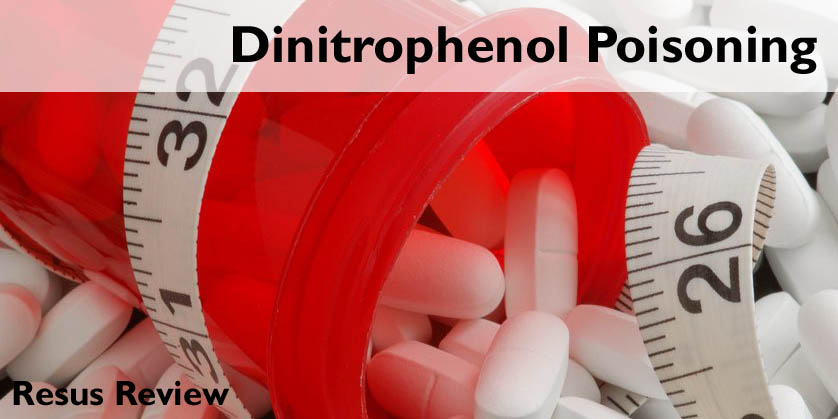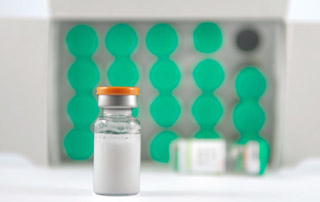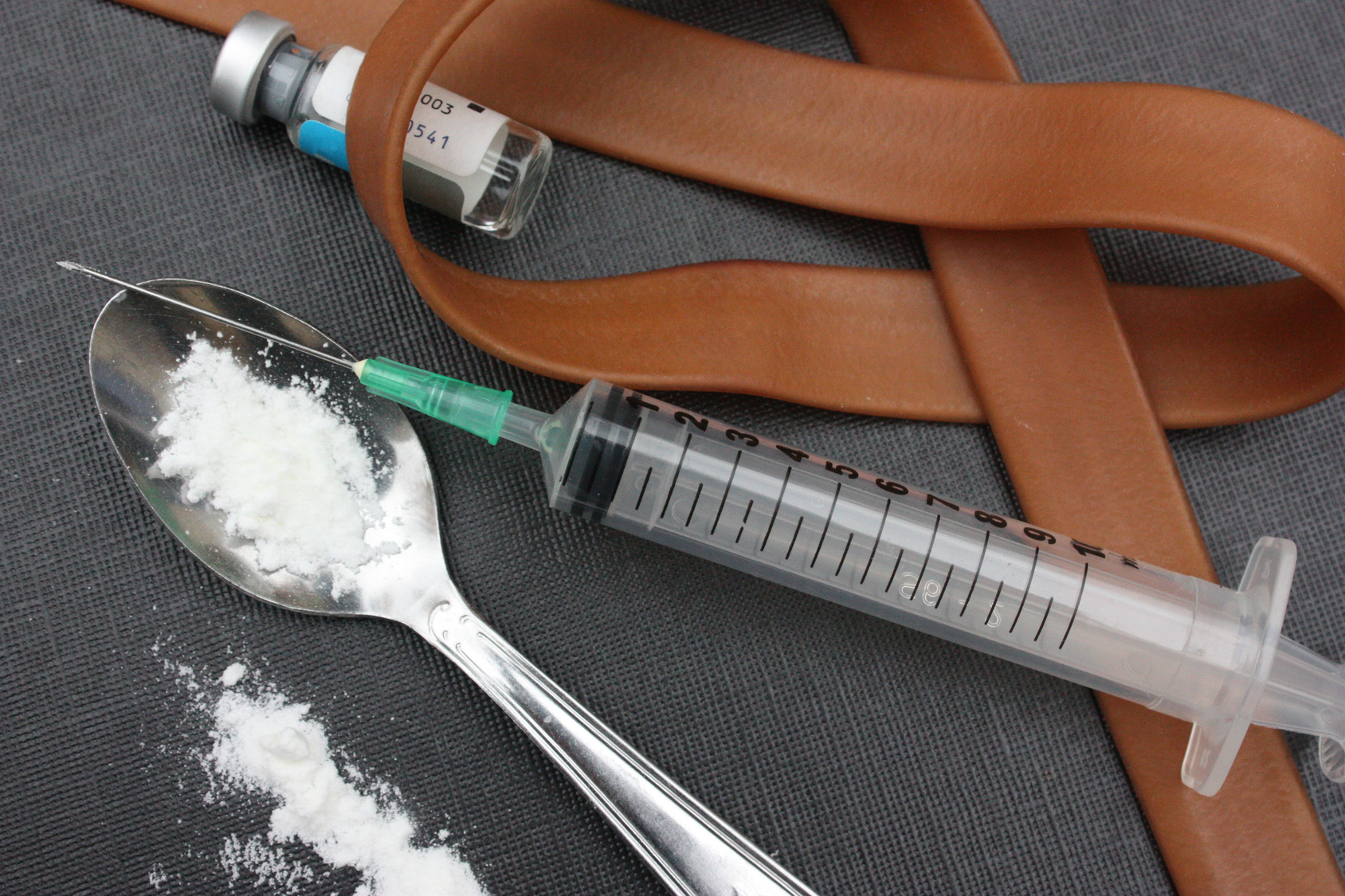Diagnosis of the poisoned patient can often be accomplished before toxicologic laboratory tests by obtaining a detailed history and directed physical exam. In this first of three articles, we will examine the toxicology clues that can be found in eyes, hair, nails, and tongue. Part 2 will focus on skin findings, and Part 3 on body fluids including saliva, sweat, urine, breath, vomit, and stool.
Eyes
Miosis
- Narcotics, cholinergics (organophosphates, nerve agents, dementia drugs, myasthenia gravis drugs, physostigmine, pilocarpine)
- Clonidine, nicotine
- Non-toxic DDx
- Traumatic miosis (rare, usually unilateral)
- Horner’s Syndrome (unilateral, with ptosis): affected pupil is the smaller one
- Pontine hemorrhage or infarct, SAH
Mydriasis
- Sympathomimetics: cocaine, amphetamines, methylphenidate, albuterol, TAC, LET
- Anticholinergics (diphenhydramine, scopolamine, atropine)
- Corn picker’s pupil (Jimson weed growing in the cornfield)
- Pupils often unreactive to light
- Non-toxic DDx
- Traumatic mydriasis (common, usually unilateral)
- Anoxia
- Uncal herniation
- Withdrawal
Sclera
- Yellow: jaundice 2° hepatotoxicity or hemolysis (bili > 2 mg%)
- leading hepatotoxins: acetaminophen, Amanita mushrooms
- oxidizing gases (arsine, stibine) cause severe hemolysis
- no scleral “icterus” in carotenemia; sclerae remain white
- Blue: osteogenesis imperfecta
- no scleral bluing in methemoglobinemia
Tears
- orange with rifampin; red with hydroxocobalamin
Hair
- Alopecia areata vs alopecia totalis or universalis
- Toxic Etiologies (usually anagen effluvium secondary to anti-mitotic agents: onset in 1-2 weeks)
- Anagen effluvium: Radiation, heavy metals, cytotoxic drugs, vitamin A derivatives, colchicine, propranolol, antithyroid drugs, clofibrate, valproic acid, bromocriptine
- Telogen effluvium: Anticoagulants, oral contraceptives
- Non-toxic (usually telogen effluvium) : onset usually 2-4 months
- pregnancy/childbirth, endocrine, hereditary, fungus (tinea capitis), high fever, major surgery, illness, trauma; idiopathic
Nails
Leukonychia
- Striate (As, Tl) vs punctate or irregular leukonychia (minor trauma)
- Mees-Aldrich Lines (1919)
Clinical course of arsenic poisoning
- Acute – Abdominal pain, N & V, tinnitus, hearing loss, garlic odor, metallic taste
- 2-10 days – Sensory neuropathy
- 10-30 days – Hair Loss (primarily scalp)
- 2-3 weeks – Mees Lines
- 3-4 weeks – Motor neuropathy
- Most common misdiagnosis: Guillain Barre Syndrome
Miscellaneous
- Clubbing – Idiopathic, nontoxic, pulmonary disease
- Spooning – Pb, macrocytic anemia
- Banding – As, Tl, cyclophosphamide, melphan
- Stippling – Non-toxic
- Staining – Ag, acids, nicotine, hemochromatosis, tetracycline, chemotherapy (Adriamycin, bleomycin, 5FU)
- Ridging – cytoxan, melphalan, trauma, fungus
- Forget about toenails the news is 6-12 months old.
Tongue
- Angioedema
- Hereditary vs ACE inhibitor
- Bite wound
- Toxic seizure
- Cocaine, amphetamines, INH, TCA, Wellbutrin, SSRI’s, tramadol
- Burns from caustic ingestion
- Abnormal color
- Usually food dye
- Green: vanadium
- Orange: pyridium
Prepared by Dr. Dave Roberts, of the Hennepin Regional Poison Center.






Contribute your thoughts.